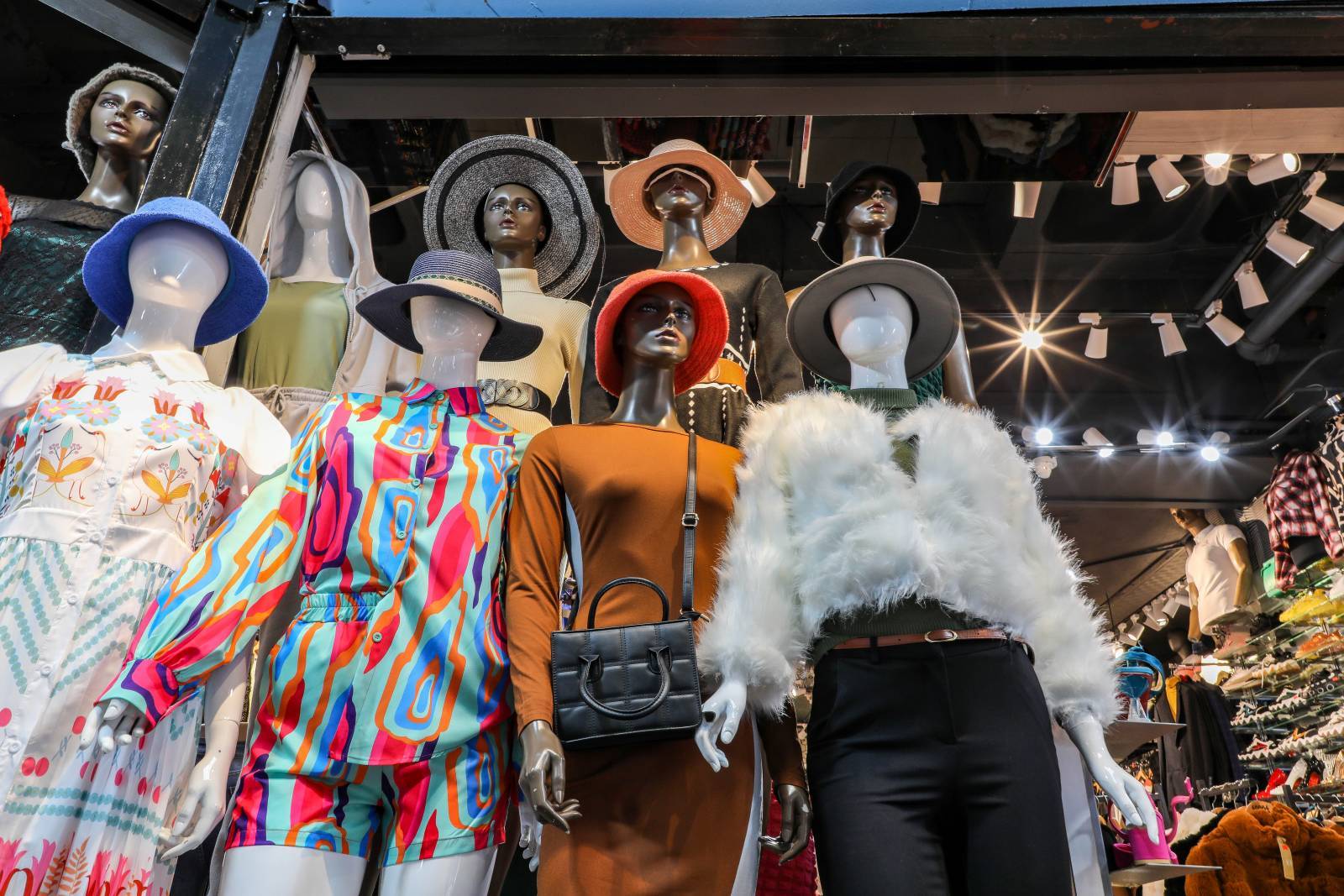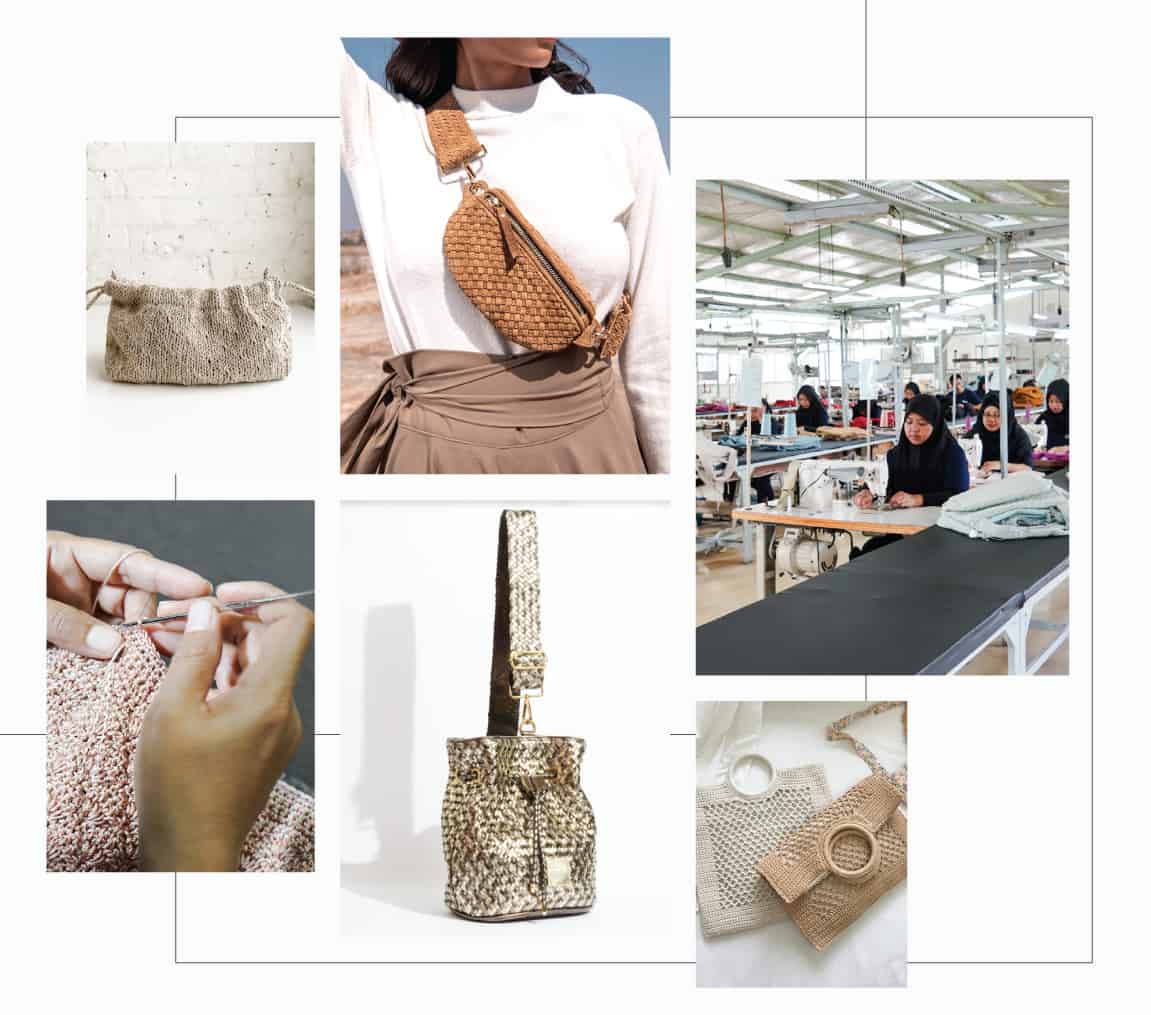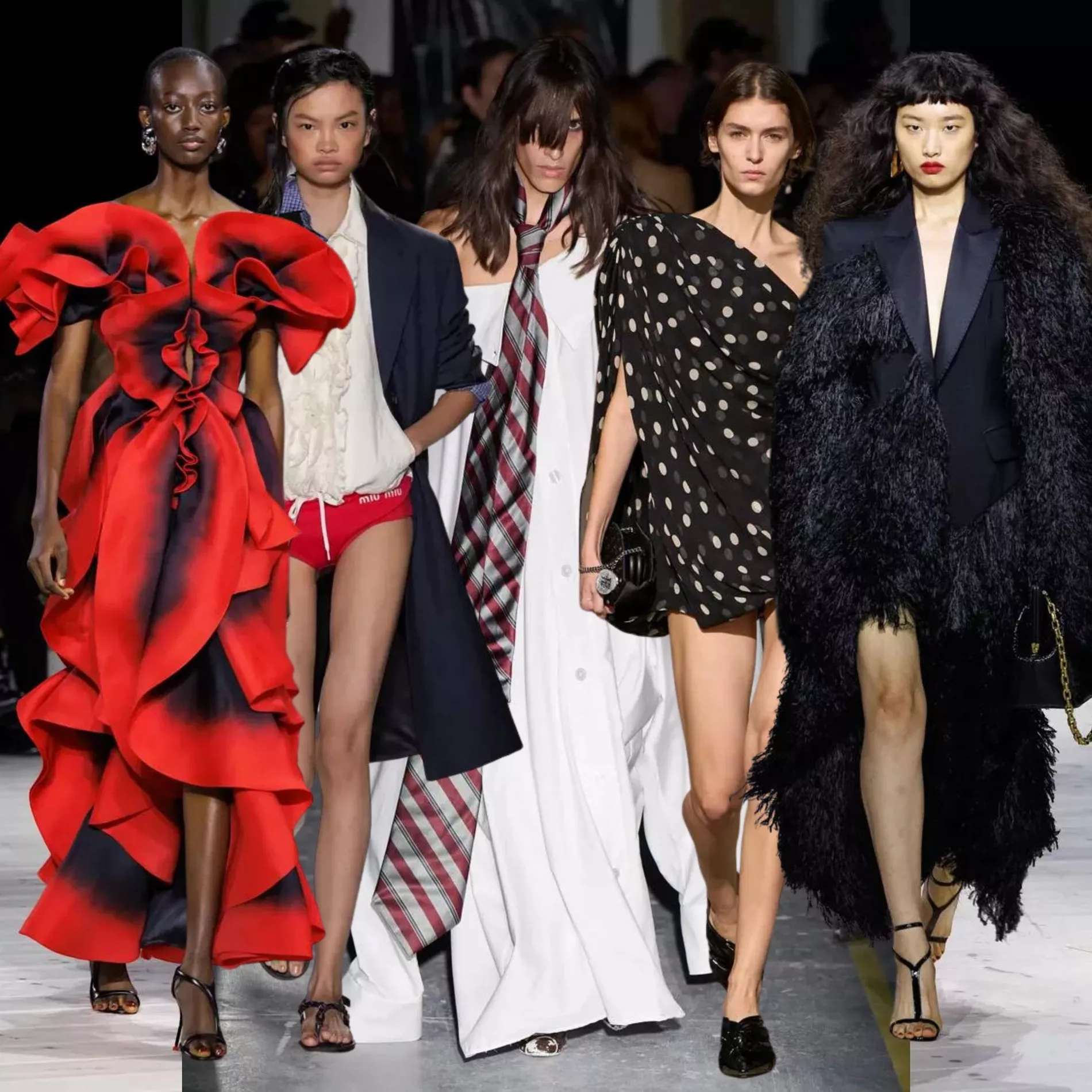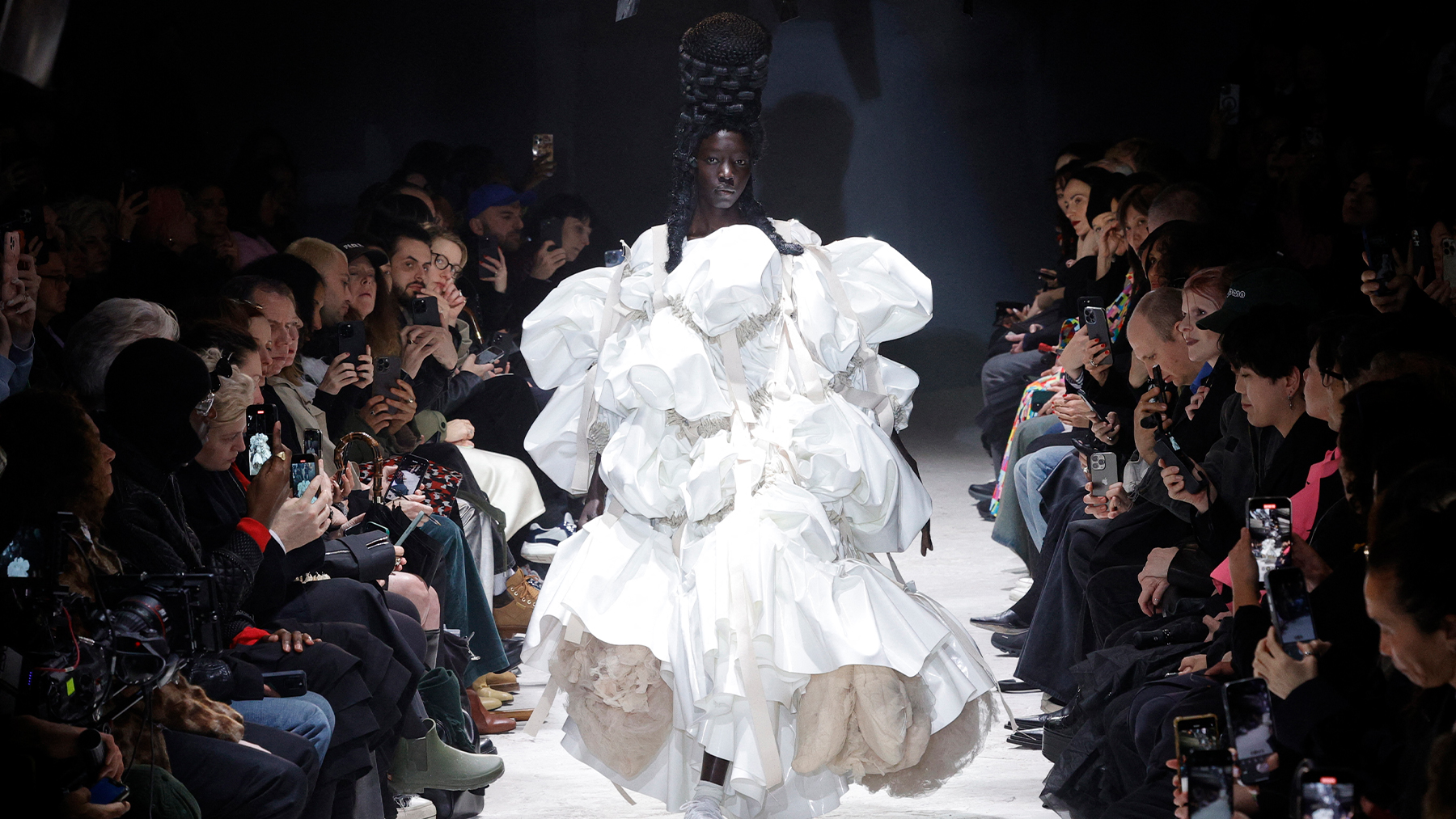European street style is celebrated worldwide for its innovative and daring aesthetics. Among the diverse trends, handmade fashion emerges as a particularly distinct element, combining traditional craftsmanship with modern design elements to produce unique, trend-setting fashion collections. This movement is not just about creating visually stunning attire, it also champions sustainable practices within the fashion industry. By emphasizing the use of locally sourced native annotated bibliography writer and other materials or ethical production techniques, handmade fashion promotes environmental stewardship and supports local communities. This fusion of old and new elevates the wearer’s style while making a positive impact on the fashion ecosystem. As a result, consumers not only look good but also feel good about the choices they make, knowing they are contributing to a more sustainable and ethical world.

Defining Handmade Fashion: What Sets It Apart
Handmade fashion is distinguished by its focus on craftsmanship and attention to detail. Unlike mass-produced garments, these pieces often feature intricate handwork, from embroidery to hand-sewn finishes, which sets each collection apart. This dedication to craftsmanship is evident in the luxurious textures and unparalleled quality of garments, making each dress or coat a work of art. Custom paper writers are invaluable for producing high-quality essays on subjects such as Fashion Collections from Handmade. These writers specialize in creating detailed and insightful papers that explore the uniqueness, craftsmanship, and artistic value of handmade fashion collections. Their expertise ensures that your paper is thoroughly researched and elegantly presented, highlighting the intricate details and creative processes involved in handmade fashion. essaypro.com/essay-editing-service is perfect for refining and enhancing essays on topics like Fashion Collections from Handmade. This service provides expert editing to ensure your essay is polished, coherent, and free of errors. EssayPro’s editing service enhances clarity and coherence, making sure that your essay on handmade fashion collections is both professional and engaging.
Exploring European Street Style: Influences and Innovations
European street style is a melting pot of cultures and eras, influencing the collections of renowned designers like Gucci and Balenciaga. It’s where old-world charm meets modern chic, with handmade garments offering a personalized touch that resonates with those who view fashion as a form of personal expression. This style is not just about clothing, it includes accessories like bespoke leather boots and artisanal jewelry, which complete the enigmatic image of European flair.

Spotlight on Key Fashion Collections: Handmade and High Fashion
Highlighting key players in the realm of artisanal fashion, brands like Chanel and Dior have seamlessly incorporated handmade elements into their collections. For instance, Chanel’s spring collection often features handcrafted details that reflect the brand’s iconic style, while Dior integrates luxurious hand embroideries that showcase the artisanal skill and dedication of its ateliers. These collections not only present the pinnacle of luxury but also embody the soulful narrative of artisan craftsmanship.
The Artisan’s Touch: Techniques That Define Uniqueness
The uniqueness of handmade fashion lies in the techniques used by artisans. Techniques such as smocking, crocheting, and hand-painting on fabrics are common in these collections, providing a distinctive look that machine production cannot replicate. Each piece tells a story, often inspired by the images and histories of the cities these designers inhabit, from Paris to Milan, turning each garment into a wearable museum exhibit.

Fashion Forward: Emerging Trends in Handmade European Collections
Emerging trends in handmade fashion highlight a return to elite craftsmanship with a focus on sustainability. Designers are increasingly drawing on heritage techniques to offer new collections that respect environmental boundaries without compromising on style. Comme des Garçons, for example, has been pioneering in integrating avant-garde Japanese techniques with European artisanal traditions, creating collections that are both forward-thinking and deeply rooted in fashion history.
Sustainability in Fashion: The Role of Handmade in Eco-Friendly Practices
The role of handmade fashion in promoting sustainability cannot be understated. By focusing on artisanal skills and reducing reliance on mass-production techniques, brands are able to minimize waste and promote longevity in fashion. Materials used are often sourced locally and from sustainable outlets, contributing less to pollution and waste. As such, handmade garments not only present a stylish option but are also a responsible choice for environmentally conscious consumers.

The Future of Fashion: The Growing Popularity of Handmade Collections
As the fashion industry evolves, the popularity of handmade collections is set to grow. Consumers are increasingly valuing the ethical production and unique qualities of artisan-made garments. This trend is reinforced by the global shift towards more conscious consumerism, where the story behind a collection, the artisan’s touch, and the environmental impact of production are as important as the aesthetics of the fashion itself.
In conclusion, the fusion of traditional craftsmanship with modern design in European street style offers more than just clothing, it offers a vision of fashion that values sustainability, personal expression, and exquisite craftsmanship. As we move forward, the fashion industry must continue to embrace these values, ensuring that fashion is not only about looking good but also about making a positive impact in the world.
Easily detect trends in number sequences using hex calculator by CalculatorProfessional.com.
